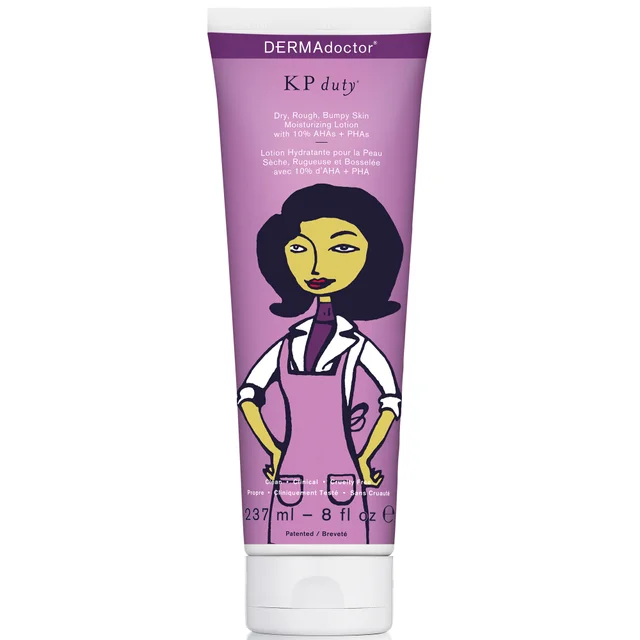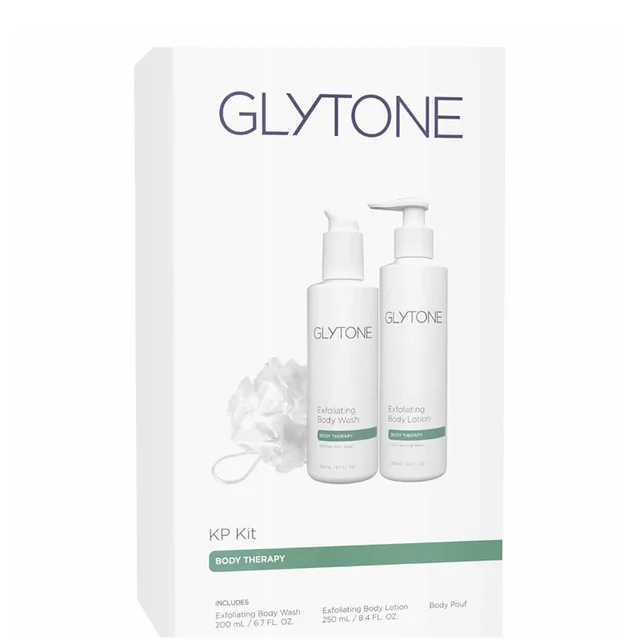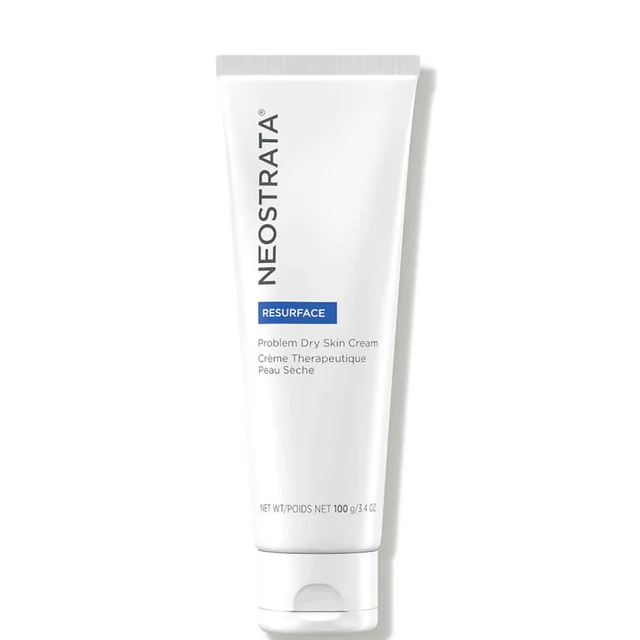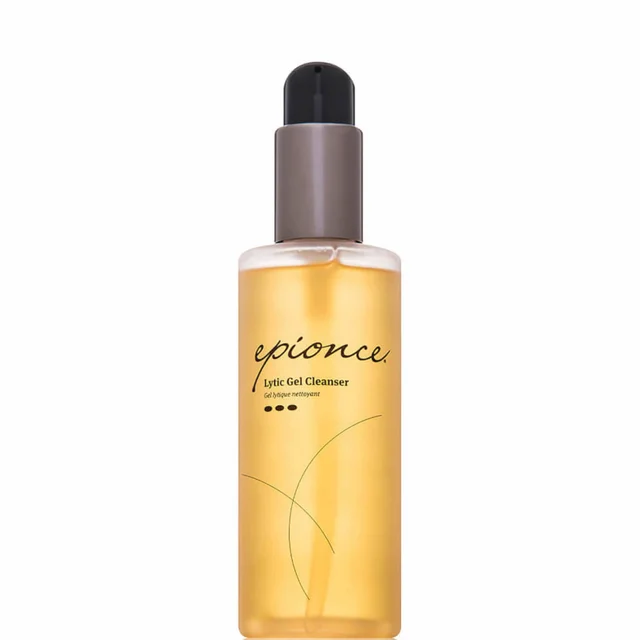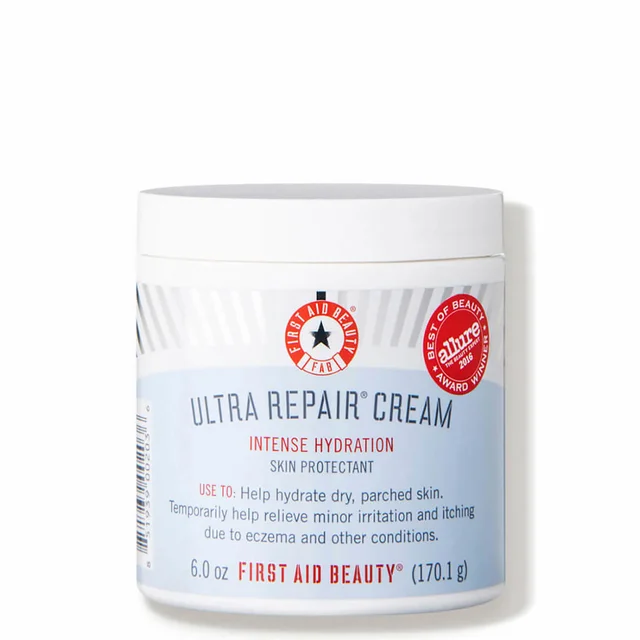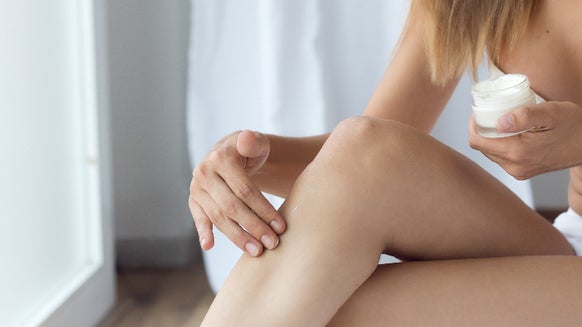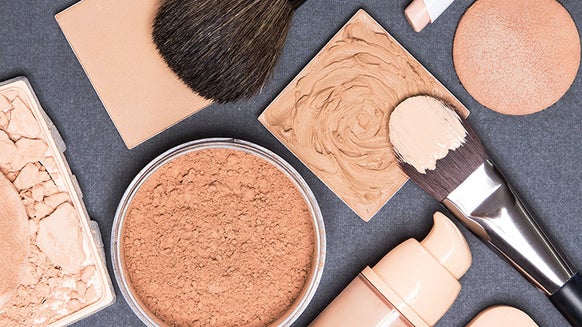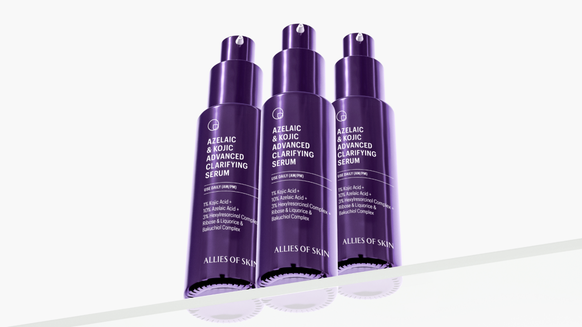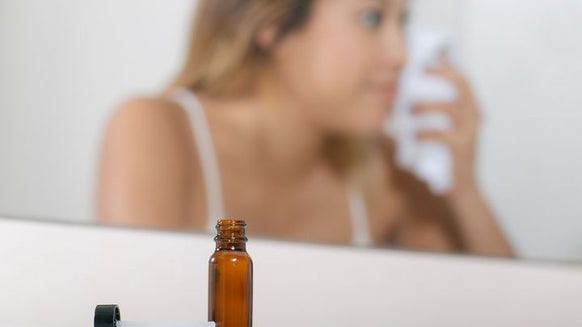8 Little-Known Facts About Keratosis Pilaris
Keratosis pilaris (KP) is a common skin concern that’s often referred to as “chicken skin.” While this is common, most people with KP are unaware that not only is there a designated medical term for their condition, but also that treatments for its symptoms exist. Here are eight other things everyone with KP should know to keep their skin looking its best.
KP is more common than you think. About 50% to 80% of children have KP, while four out of 10 adults can develop it even if they never had it as children. The good news is that in children it tends to improve with age.
2. Keratosis pilaris doesn’t only appear on the upper arms and thighs.
These minute, rough bumps with their grater-like texture are most frequently scattered along the upper arms and thighs. However, the cheeks, back and buttocks can all become involved at one time or another.
That’s because KP is hereditary, inherited as an autosomal dominant gene. This is similar to the brown-versus-blue eye-color phenomenon. All it takes is a single gene from either parent to find oneself with less than perfectly smooth skin.
Seasonal fluctuations can be seen, with improvement more likely during the summer. Cold weather can lead to drier skin and more noticeable KP.
In addition, women may see KP flare up during pregnancy or following childbirth.
KP begins with a buildup of skin cells around individual hair follicles, creating a raised, rough, bumpy texture. Inflammation at the base of affected hair follicles can cause embarrassing pinpoint red or brown polka dots to form, making KP that much more noticeable. While this isn’t pretty, it is not contagious nor does it usually cause any discomfort.
Since keratosis pilaris is genetically predetermined, it may not be curable but should be controllable. There is no reason to passively take a “wait and see” approach. After all, there’s no guarantee that you’ll outgrow it. KP can truly affect one’s confidence, so it’s important that everyone know that there really is something they can do about it.
Treatment is all about smoothing away the bumps and calming the inflammation. Therapy can eliminate the bumps, improve the texture, eliminate acne-causing plugs and improve the overall appearance. However, treatment for keratosis pilaris should be ongoing. Maintenance is the best way to maintain silky-smooth skin all year long.

From the latest hair and makeup trends to the best solutions for your skin issues, we've got all your beauty concerns covered!
